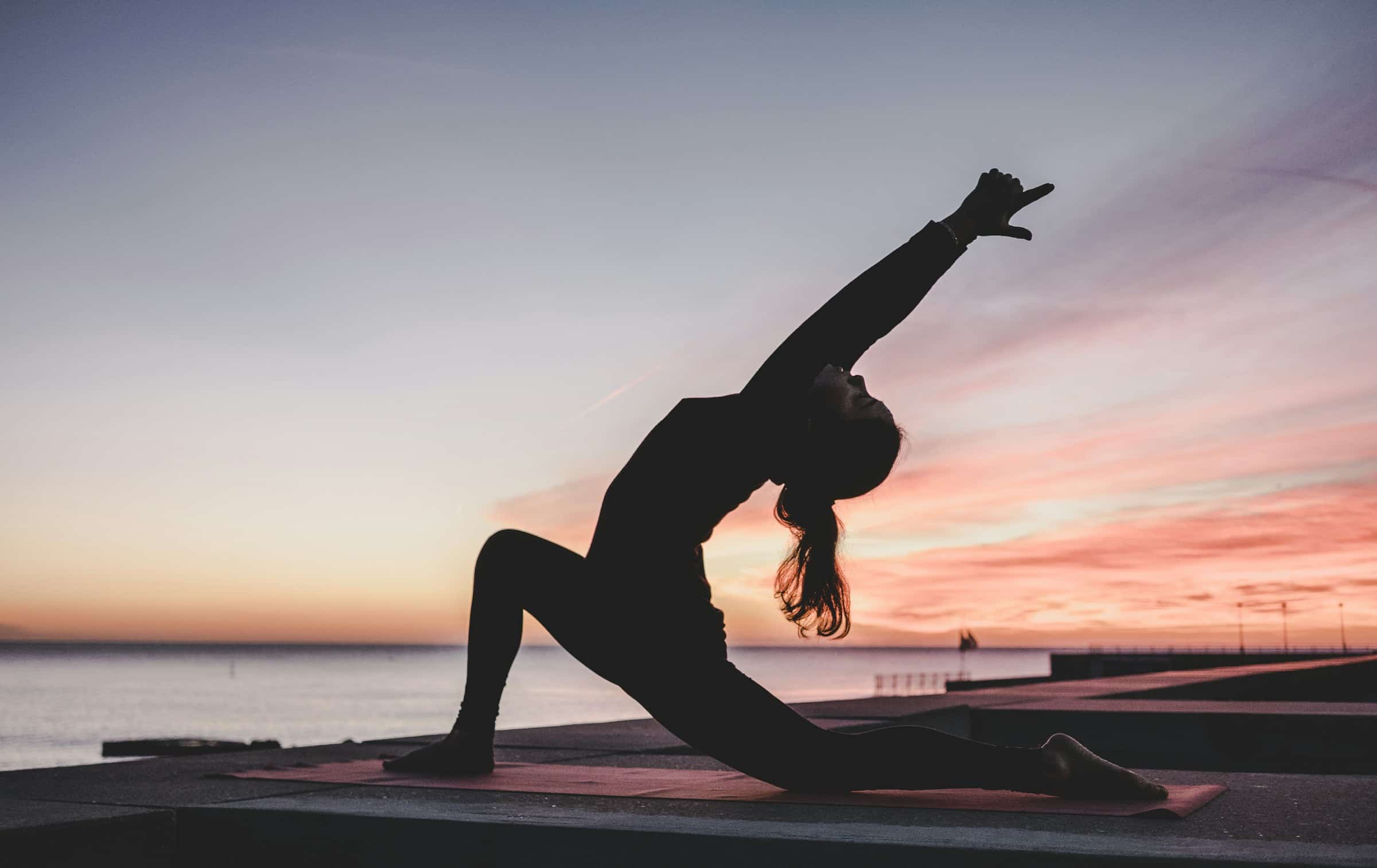Are There Benefits to Implementing Stand-Biased Desks in High School Classrooms?

In today’s rapidly evolving world, the education system is constantly seeking innovative methods to boost students’ productivity and overall health. One such innovation that has recently gained traction is the introduction of stand-biased desks in the classroom. As the name suggests, these desks are designed to allow students to stand while working, thereby reducing the amount of time spent sitting down during the school day. But do these desks genuinely offer tangible benefits for high school students?
This article delves deep into the facts and figures surrounding this trend, leveraging data from reliable sources such as Google Scholar and PubMed to provide a comprehensive exploration of the subject.
A voir aussi : Can Exposure to Multicultural Environments Boost Immune System Diversity and Resilience?
Stand-Biased Desks: A Solution for Today’s Sedentary Lifestyles?
The modern classroom setup predominantly involves a lot of sitting. This is concerning given the growing body of evidence linking sedentary behavior with a range of health problems. According to a study published on PubMed, long durations of sitting can lead to a higher risk of chronic diseases such as obesity, diabetes, and heart disease. The constant sitting also affects children’s posture and can lead to musculoskeletal problems.
Stand-biased desks can potentially mitigate some of these risks by encouraging higher activity levels. A study published on Google Scholar showed that stand-biased desks could increase students’ moderate-to-vigorous physical activity (MVPA) by 12% compared to their baseline activity levels when regular sitting desks are used.
A lire aussi : Can Eating Nuts Daily Improve Cognitive Function in Older Adults?
Improving Learning Outcomes with Stand-Biased Desks
Apart from their potential health benefits, stand-biased desks may also have a positive impact on students’ academic performance. Remember, the sedentary nature of traditional classrooms is not only detrimental to students’ physical health but also their mental agility. Studies have shown that prolonged sitting can cause mental fatigue, reducing students’ attention spans, concentration, and overall cognitive abilities.
On the other hand, standing enables more blood circulation, which leads to increased oxygen supply to the brain, thereby keeping students more alert and focused. A study published in Google Scholar observed that students using stand-biased desks showed a 7% increase in engagement and concentration compared to those using regular desks.
Practical Challenges in Implementing Stand-Biased Desks
While the benefits of stand-biased desks are evident, their implementation in schools is not without challenges. Firstly, there is the cost factor. Stand-biased desks are significantly more expensive than traditional desks. Schools, particularly those in low-income areas, may find it challenging to finance the replacement of all their traditional desks.
Secondly, there’s the issue of adjustment. Standing for extended periods can be uncomfortable, especially for students who are used to sitting all day. It takes time for the body to adapt to the new mode of work. Schools may have to invest in mats or other accessories to make standing more comfortable for the students.
The Future of Stand-Biased Desks in Schools
Despite the challenges, stand-biased desks are slowly making their way into schools around the globe, driven by their potential health and academic benefits. As schools continue to experiment with these innovative desks, further research will be critical in measuring their impact on students’ health and performance over the long term.
Overall, while the transition to stand-biased desks may pose some practical challenges, it is a promising step towards a healthier and more engaging learning environment. As more schools adopt this innovative approach, it will be interesting to see how the landscape of classroom design evolves in the years to come.
Remember, the key to any successful implementation lies in striking the right balance. So, while stand-biased desks can be an excellent tool to reduce sedentary behavior, it’s also important to ensure that students are not standing all day. Alternating between sitting and standing throughout the day could be the most beneficial and practical approach to enhance both students’ health and learning outcomes.
Striking the Balance: Alternating Between Sitting and Standing
While stand-biased desks offer significant advantages, balance is key to maximizing their benefits. As per information discovered on Google Scholar, standing all day is not necessarily beneficial either. Prolonged standing can lead to discomfort and musculoskeletal problems. Thus, adopting a balanced approach where students alternate between sitting and standing throughout the school day is recommended.
A sit-stand approach enables students to be physically active and reduces the adverse effects of sedentary behavior without causing discomfort from standing for extended periods. Schools can facilitate this with adjustable desks, allowing students to switch between standing and sitting positions. These, however, are more expensive than fixed-height stand-biased desks.
Research published on PubMed Google supports this balanced approach, indicating that alternating positions can increase students’ physical activity levels and reduce sitting time while minimizing discomfort. This approach allows students to enjoy the benefits of both sitting and standing, promoting a healthy and active learning environment. However, the feasibility of this model will require careful planning and significant investment from schools.
Conclusion: Embracing Stand-Biased Desks for a Healthier Future
Implementing stand-biased desks in high school classrooms presents both opportunities and challenges. The research suggests that these desks can significantly reduce sedentary behavior, increase physical activity, and potentially improve academic performance. Moreover, alternating between sitting and standing throughout the school day seems to offer the most benefits.
However, practical issues such as cost, student comfort, and adjustment periods need to be addressed carefully. Schools, especially those in low-income areas, may face financial challenges in implementing this change. Furthermore, students need to be adequately briefed and supported during the transition period to fully realize the benefits of stand-biased desks.
In conclusion, as we move towards a future where public health and education become increasingly intertwined, stand-biased desks represent a promising innovation. They challenge the traditional classroom design, promoting an active and engaging learning environment that may improve both student health and academic performance. Although implementation may be challenging, the potential benefits make it a worthwhile pursuit. As research in this field continues, it will be interesting to follow the development and outcomes of this trend.
